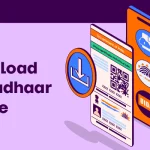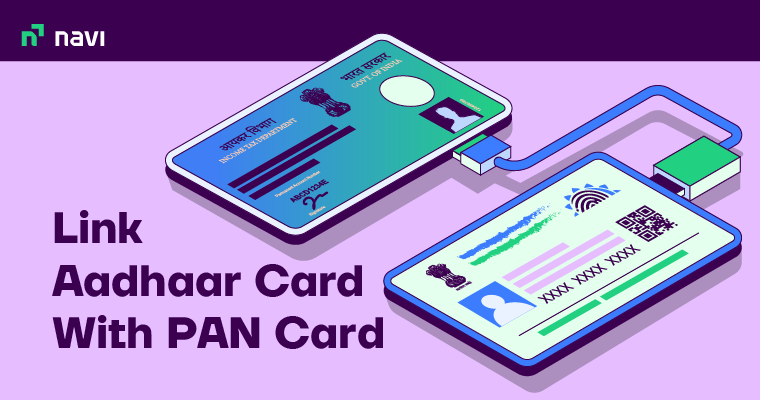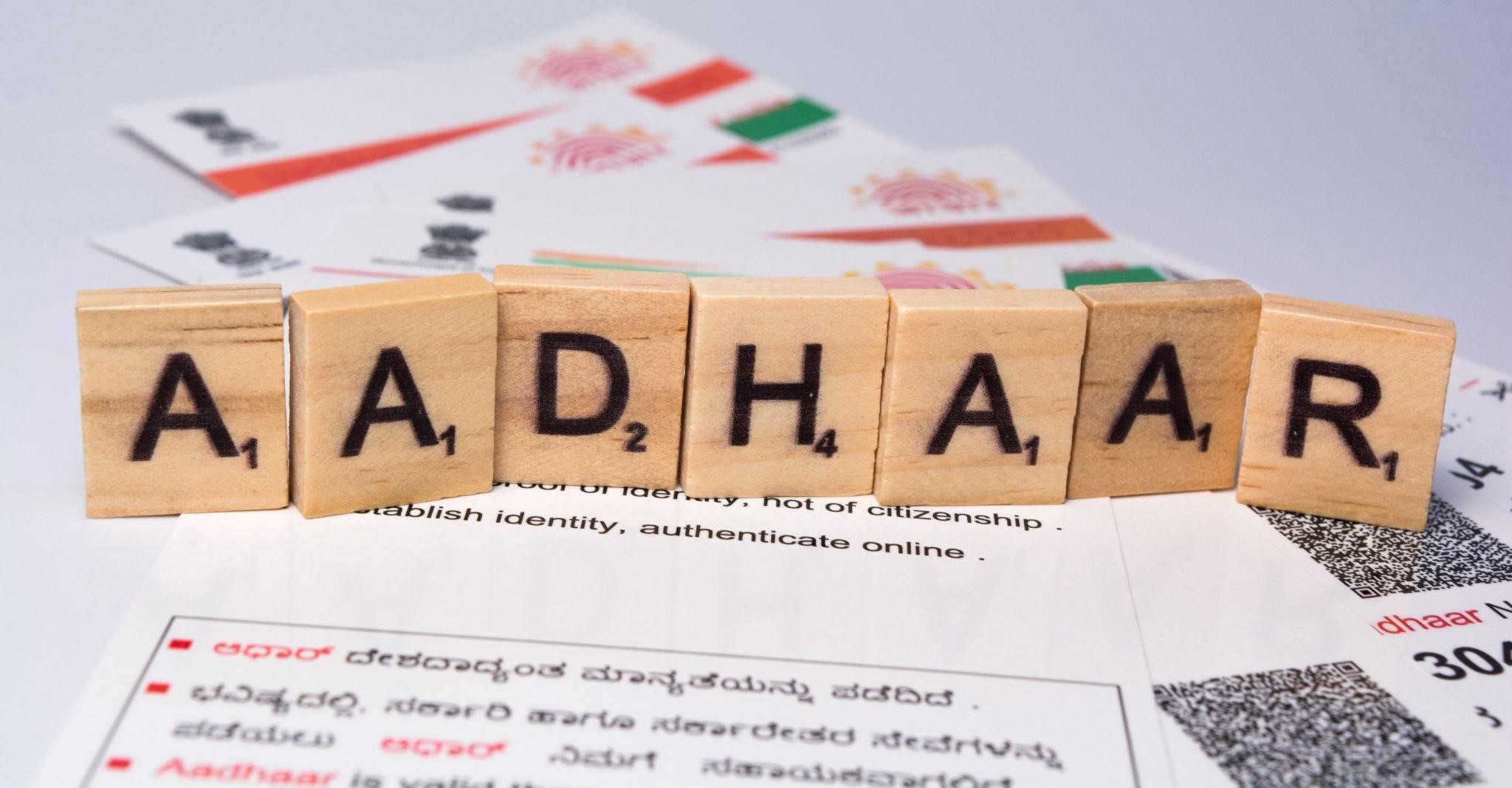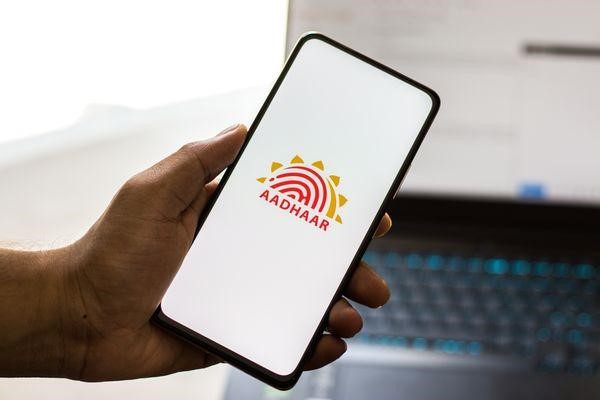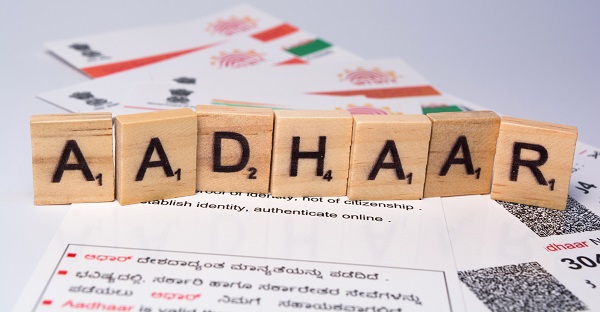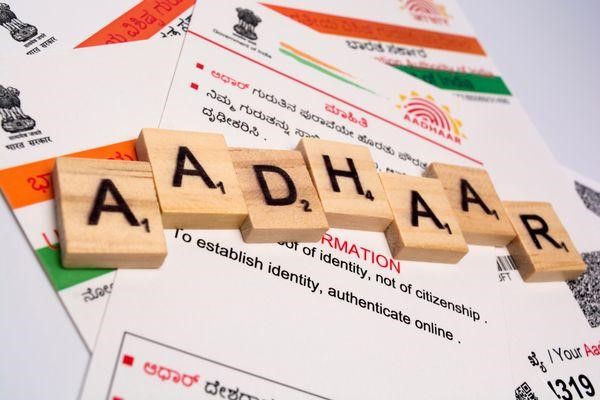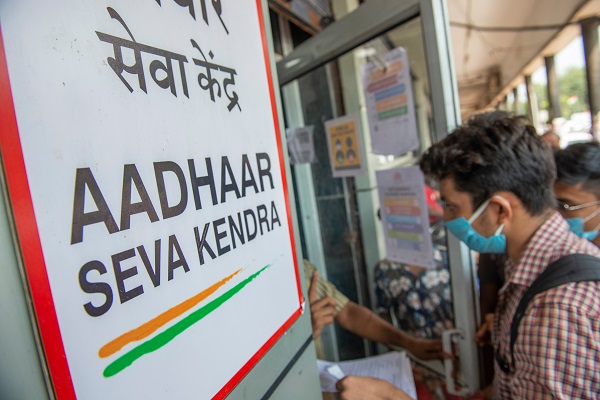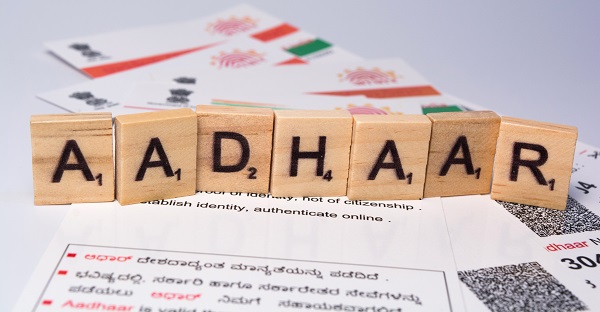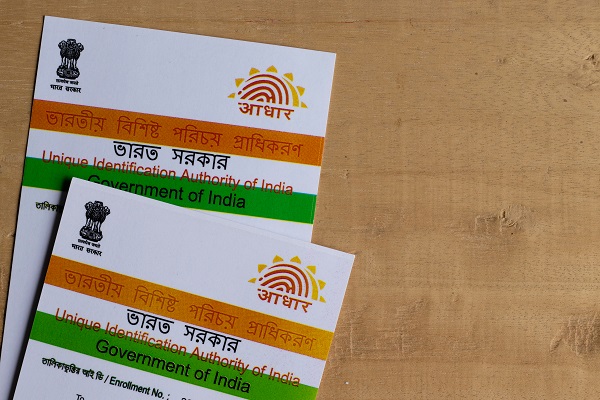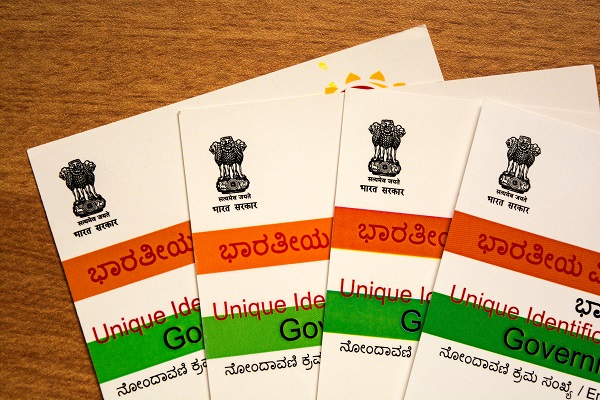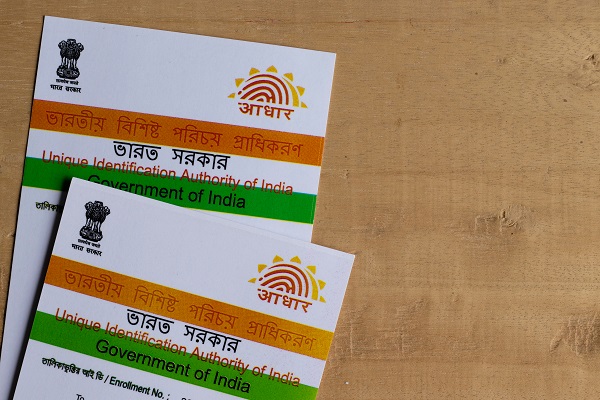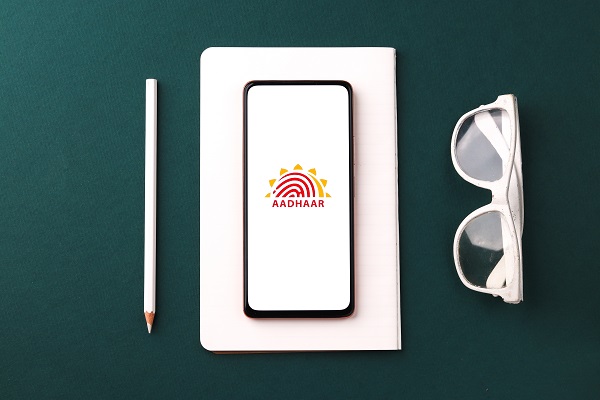Aadhaar Based e-KYC: Meaning, Working, Status and Benefits
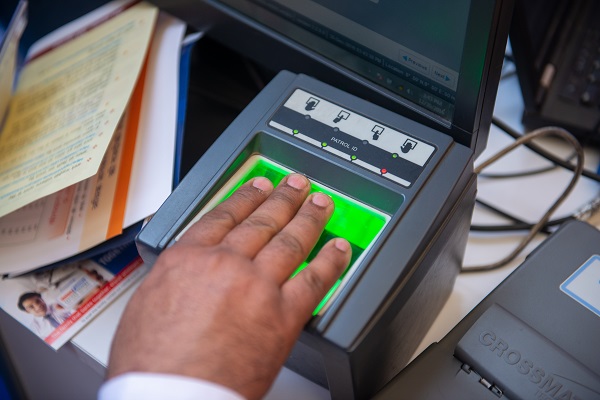
Recently, Jay has opted for LPG subsidy under the Pahal scheme, for which having an Aadhaar card is mandatory. He found out that manual Aadhaar KYC verification is a tedious procedure, involving the submission of several self-attested photocopies. To avoid such hassle, he can opt for Aadhaar-based e-KYC. This digital identification procedure is quick and convenient.
Latest Update
UIDAI recently announced that people, whose Aadhaar cards were issued more than 10 years ago, can update their demographic details on myAadhaar portal for FREE from 15th March, 2023 to 30th June, 2023.
What Does Aadhaar-based e-KYC Mean?
Aadhaar-based e-KYC is the same as submitting your KYC documents for identity verification, except that it is a digital procedure. This paperless authentication method will verify your identity, provided you have given consent. It confirms ID using the demographic and biometric information recorded during Aadhaar card registration. The information is stored in the UIDAI database.
UIDAI has already verified such details, and you do not have to go through attestations and extensive paperwork. Since an Aadhaar card serves as a valid Know Your Customer (KYC) document, you don’t need to present multiple documents as proof of age, address proof, or ID proof.
How Is Aadhaar e-KYC Different from Aadhaar Authentication?
Are you interpreting Aadhaar-based e-KYC and Aadhaar authentication as the same process? Well, no! There is a slight difference in their functioning.
1. Aadhaar authentication
Such a procedure stores all demographic and biometric details of your Aadhaar in CIDR (Central Identities Data Repository). This vault cross-checks the submitted information with the details obtainable within it. However, service providers cannot access your demographic data, which creates a problem in the completion of the authentication procedure.
2. Aadhaar-based e-KYC
Under this method, service providers can obtain your private data such as name, date of birth, gender and address from the Aadhaar database and finish the identity verification procedure themselves.
The e-KYC through Aadhaar is a simpler and time-saving procedure, ensuring a smooth experience for users. Understand this process in the next section!
How Does Aadhaar Based e-KYC Work?
You can finish your Aadhaar e-KYC verification through the online or offline mode.
1. Online mode for Aadhaar e-KYC
There are two vital online methods through which you can verify Know Your Customer. They are as follows:
1. Using biometric authentication
Follow the below-mentioned steps for this procedure:
- Step 1: Give your Aadhaar card copy to the service provider so that they can note down your Unique Identification Number (UID).
- Step 2: Now, they will scan your iris and capture your fingerprint data using a biometric scanner.
- Step 3: Your service provider will inform you of the value of UIDAI. The existing value that is linked with your Aadhaar in the UIDAI database will be matched with the input value.
- Step 4: After the values get matched, your identity establishment will be successful.
After completion of the verification process, UIDAI will allow your service provider to access your photograph and other details, such as your address and date of birth. UIDAI also permits the agents to maintain a soft copy of the data in their servers. Hence, agents can obtain such details whenever required.
2. Using mobile OTP
You can opt for an OTP-oriented authentication procedure in the following way:
- Step 1: Submit your Aadhaar card copy to your service provider.
- Step 2: You will get an OTP from UIDAI on your registered mobile number.
- Step 3: Your service provider will give you a device on which you will be typing your OTP.
After this, your agent will get all relevant information from UIDAI.
2. Offline mode for Aadhaar-based e-KYC
Do not worry if the online procedure is not feasible. Service providers will use any of the following offline KYC verification methods. Paperless process via offline e-KYC:
You can follow this procedure for Aadhaar-based e-KYC:
- Step 1: Go to UIDAI’s official website
- Step 2: After typing your UID/VID and security code, press ‘Send OTP’
- Step 3: After receiving OTP on your registered number, enter it and download Aadhaar XML. It includes information such as name, hashed mobile number, email ID, address, date of birth and gender. It is protected with a four-character Share Code and has UIDAI’s digital signature.
- Step 4: You will then have to give the XML file to your service provider for verifying your ID with the file’s machine-readable data.
This method minimises the cost related to paper-based verification and increases the efficiency of the official identification process. Scroll through to know the advantages of Aadhaar-based e-KYC!
How Is Aadhaar e-KYC Beneficial?
Besides being time-efficient and paperless, Aadhaar e-KYC provides the following benefits:
- The authentication procedure is free of cost.
- Data received from the Aadhaar database has already been verified and requires no additional authentication.
- The digital documents submitted are shared through a protected channel, eliminating the possibility of unethical replication.
- UIDAI only permits registered agents and institutions to utilise the Aadhaar-based e-KYC verification service. Hence, your personal information won’t be compromised. In addition, UIDAI also verifies the biometric scanners of service providers.
- This procedure requires your consent. The requesting party can receive information from UIDAI only after your approval of the same through a one-time password or biometrics.
How to Track Aadhaar KYC Status?
If you are availing of any financial facilities, you will have to follow KYC regulations first. In case you are not sure whether you’re KYC compliant, check it in the following manner:
- Visit the official portal of a KRA (KYC Registration Agency)
- Provide details of PAN (Permanent Account Number)
You will instantly know your KYC status after this. If you are not KYC compliant, you can opt for the procedure using Aadhaar-related biometrics.
Final Word
The launch of Aadhaar has given way to fraud deterring techniques and paperless verification. The Indian population can now be digitally tracked and recorded. Needless to say, Aadhaar based e-KYC is another praiseworthy initiative of the government─ trying to relieve people from the tedious manual verification process.
Also Read
FAQs
Ans: Yes, agents and private institutions are legally forbidden from publishing, exhibiting or sharing offline e-KYC information such as Share Code and the XML file. They may have to bear a penalty under the following provisions for disclosing any confidential data:
Section 37, Section 29(3) and Section 29(2) of the Aadhaar Act, 2016
Section 25 and Section 17 of the Aadhaar Authentication Regulation, 2016
Section 6 and Section 4 of the Aadhaar – Sharing of Information Regulation, 2016
Ans: During manual verification of documents (including identity proof documents such as passport, voter ID card, driving licence and PAN), it becomes difficult to validate the document’s authenticity. Applicants can easily present unnoticeable fake versions. That said, UIDAI has digitally signed and protected the XML file that is used for offline Aadhaar-based e-KYC. Agents can verify a file’s content using XML Reader and finish the process.
Ans: You can check your Aadhaar application status in the following manner:
Go to UIDAI’s official portal
Press ‘Get Aadhaar’ and select ‘Check Aadhaar Status’
Provide your 14-digit Enrolment Number to check whether your Aadhaar has been generated
Specify the time and date of enrolment as mentioned on the acknowledgement slip
Type the CAPTCHA code and press ‘Check Status’
Your screen will display the status instantly.
Ans: You can download a PDF version of your Aadhaar from UIDAI’s official website. However, you need to give your Aadhaar password while opening the file. Your password consists of your name’s first four letters in capital and your birth year (YYYY format). After entering your password, you can download the PDF copy of your Aadhaar card.
Ans: The minimum age to apply for a biometric Aadhaar card is 5 years. However, there exists a ‘Baal Aadhaar Card’ for newborns and kids below five years, for which biometric verification is not applicable. The Baal Aadhaar is blue in colour.
Disclaimer
This article is solely for educational purposes. Navi doesn't take any responsibility for the information or claims made in the blog.
Aadhaar Enrolment Centres in Your City

How to Link Aadhaar to PAN Card Online in 2023?
If your search for ‘How to Link Aadhaar to PAN’ has landed you on this page, then let’s assur... Read More »Masked Aadhaar Card – Meaning, Uses & How to Download?
What is a Masked Aadhaar? Masked Aadhaar is a version of the regular Aadhaar card, where the fir... Read More »How to Register for Udyog Aadhaar and What are its Benefits?
What is Udyog Aadhaar? Udyog Aadhaar is a 12-digit unique identification number issued by the Mi... Read More »Aadhaar Card Centres in Delhi (Updated List 2023)
Aadhaar is a universal identity proof accepted across the country. Since its inception, it has impr... Read More »Aadhaar Card Enrolment Centres in Chennai (Updated List 2023)
There are several Aadhaar enrolment centres in Chennai located throughout the city for the resident... Read More »Aadhaar Card Centres Ahmedabad (Updated List 2023)
Aadhaar cards play a pivotal role in establishing our identity. We require an Aadhaar card for a wi... Read More »What is Aadhaar Virtual ID? – Features, Steps and Benefits
Aadhaar Virtual ID is a 16-digit number that individuals can locate on the back of their Aadhaar ca... Read More »Latest Aadhaar Card News And Updates
The Government of India launched the concept of Aadhaar with the aim to offer extensive detai... Read More »How To Track Aadhaar Card Update Status?
You can correct, update or change your Aadhaar details under two brackets — biometrics and demogr... Read More »Everything You Need To Know About e-Aadhaar Card
Several individuals in India remain unaware of the intricacies related to e-Aadhaar. Learning how t... Read More »Aadhaar Services Offered By UIDAI – How To Verify Aadhaar Number
The UIDAI (Unique Identification Authority of India) provides a range of both offline and online Aa... Read More »How to Apply for Baal Aadhaar Card Online and Offline?
What is a Baal Aadhaar Card? Baal Aadhaar Card is a unique identification card introduced by UID... Read More »Top 10 Chit Fund Schemes in India in 2023
Chit funds are one of the most popular return-generating saving schemes in India. It is a financial... Read More »10 Best Gold ETFs in India to Invest in April 2023
Gold ETFs or Gold Exchange Traded Funds are passively managed funds that track the price of physica... Read More »10 Best Demat Accounts in India for Beginners in 2023
Creation of Demat accounts revolutionised the way trades were conducted at the stock exchanges. It... Read More »20 Best Index Funds to Invest in India in April 2023
What is an Index Fund? An index fund is a type of mutual fund or exchange-traded fund (ETF) that... Read More »Best Arbitrage Mutual Funds to Invest in India in April 2023
Arbitrage funds are hybrid mutual fund schemes that aim to make low-risk profits by buying and sell... Read More »10 Best SIP Plans in India to Invest in April 2023
What is SIP? SIP or Systematic Investment Plan is a method of investing a fixed amount in ... Read More »10 Best Corporate Bond Funds in India to Invest in April 2023
Corporate bond funds are debt funds that invest at least 80% of the investment corpus in companies ... Read More »10 Best Bank for Savings Account in India [Highest Interest Rate 2023]
Savings account is a type of financial instrument offered by several banks. It lets you safely depo... Read More »
